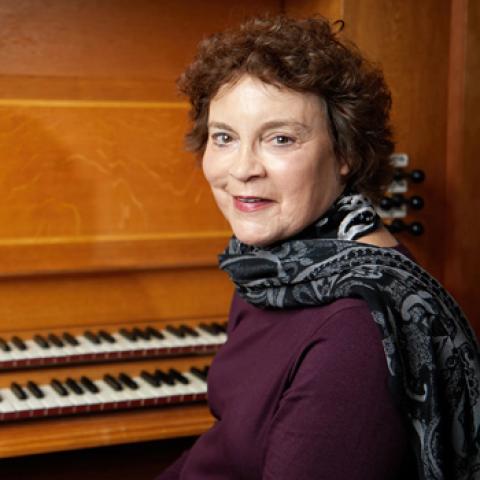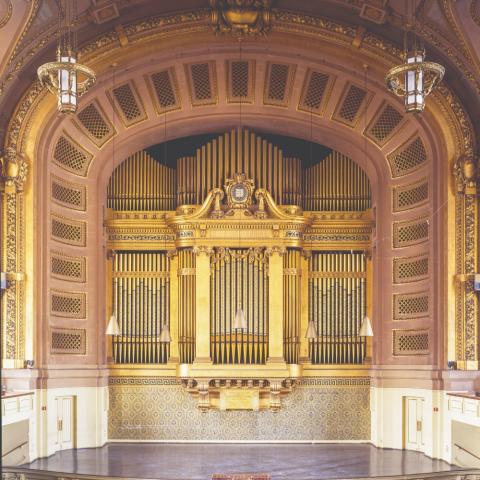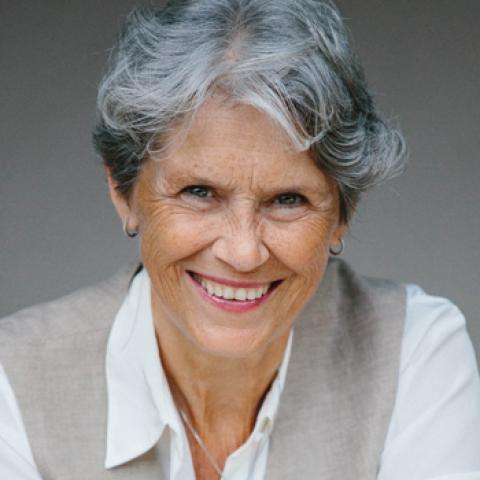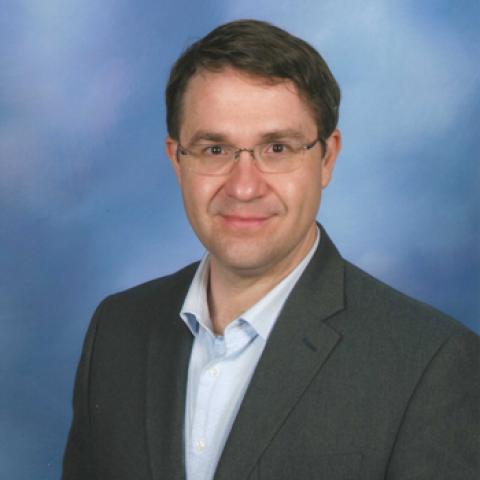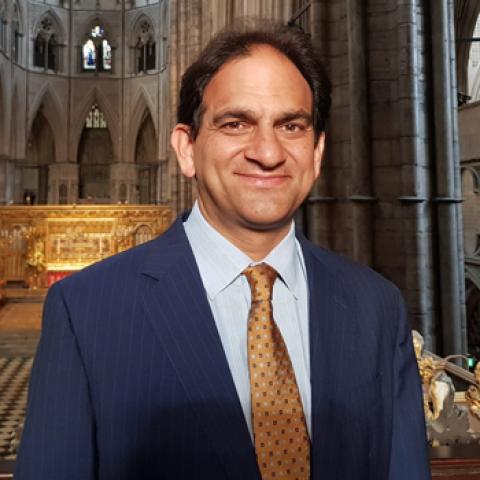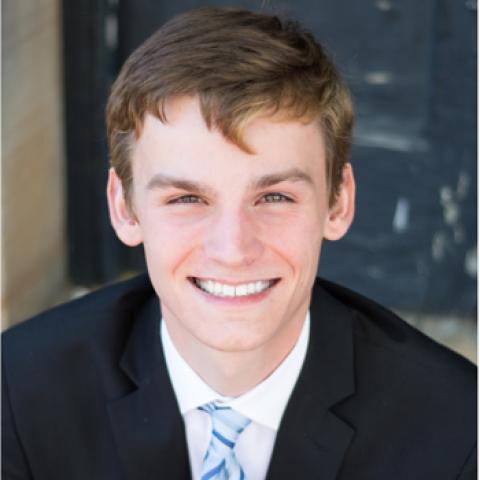
James O’Donnell is appointed professor in the practice of music at the Yale University Institute of Sacred Music and Yale School of Music, New Haven, Connecticut, effective January 2023. He succeeds Thomas Murray as professor to graduate organ majors and other students in sacred music.
O’Donnell comes to Yale after over thirty years of service as director of music at Westminster Cathedral and Westminster Abbey, UK. As organist and master of the choristers of Westminster Abbey since January 2000, he has led the choir of men and boys in daily choral services featuring repertoire from the Middle Ages to the present day. In addition to this regular cycle of services that gathers thousands of worshipers each week, he has led the music for numerous occasions of state that include the wedding of the Duke and Duchess of Cambridge (Prince William and Catherine Middleton), the funeral service for Queen Elizabeth the Queen Mother, and the recent service of thanksgiving for the Duke of Edinburgh. He has toured with the choir to Asia, Australia, the United States, and throughout Europe, and has made many recordings. From 1997–2004, he was professor of organ at the Royal Academy of Music in London and is now a visiting professor there.
As an organ recitalist, he has performed in numerous concert halls, cathedrals, and churches in the world, including Walt Disney Concert Hall, Los Angeles; the Meyerson Symphony Center, Dallas; Davies Hall, San Francisco; Royal Festival Hall and Royal Albert Hall (for the BBC Proms), London; and has appeared as soloist with many orchestras, including the London Philharmonic, Tokyo Philharmonic, and BBC National Orchestra of Wales.
As a conductor, he has worked with the BBC Singers, English Concert, Academy of Ancient Music, and the Academy of St. Martin in the Fields, as well as the Yale Schola Cantorum. He is currently music director of St. James’ Baroque, London. He has over fifty organ and choral recordings to his name, of which several have garnered awards, including Gramophone’s Record of the Year and Best Choral Recording for his Hyperion recording of Masses by Frank Martin and Ildebrando Pizzetti with the choir of Westminster Cathedral.
In 1999 Pope John Paul II bestowed on O’Donnell the title of Knight Commander of the Order of St. Gregory, and in 2013 he received an honorary doctorate from the University of Aberdeen. He is past president of the Royal College of Organists, a fellow of the Royal College of Music and the Royal School of Church Music, and an honorary member of the Royal Academy of Music. In 2011 he was elected an honorary fellow of Jesus College, Cambridge.
In addition to teaching organ and sacred music at Yale, O’Donnell will lead a newly established vocal ensemble consisting of professionals from the region that will sing regular liturgies in a variety of traditions in conjunction with local parishes, chaplaincies, and other Yale faculty and students. It will serve as a model and a vehicle for study for students preparing for careers in church music and liturgy. He will also have a significant role in shaping new outreach and collaborations with organists, choir directors, clergy, and theologians around the world who have leadership roles in church music and liturgy.
For further information: ism.yale.edu.
Other recent appointments:
Thomas Gaynor at St. Mark's, Philadelphia

